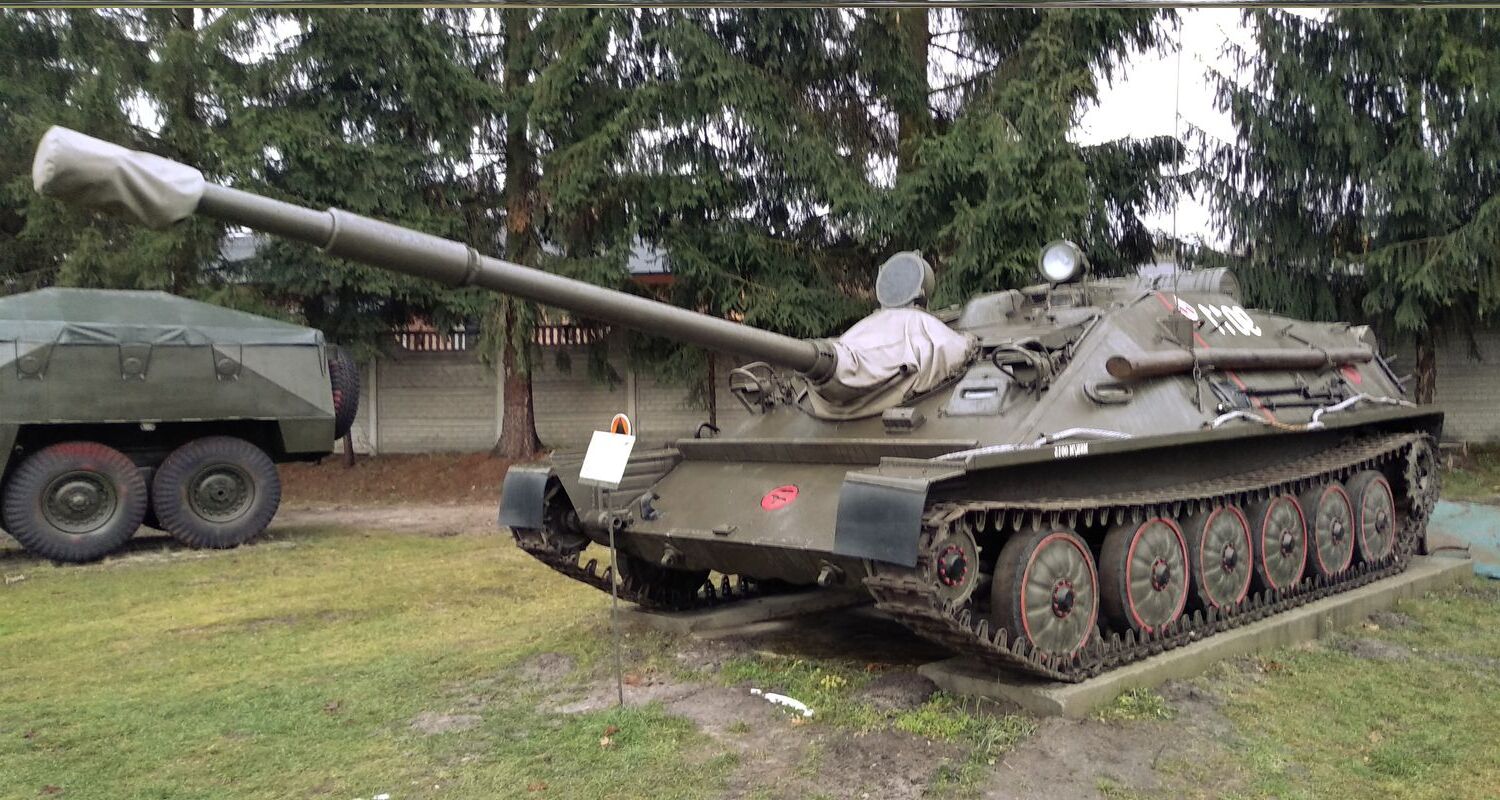
The ASU-85 is a Soviet airborne self-propelled gun designed to support paratroopers. Developed in the 1950s, it replaced the earlier ASU-57. This vehicle played a crucial role in providing firepower and mobility to airborne units. Equipped with an 85mm D-70 gun, the ASU-85 could engage both armored targets and fortifications. Its lightweight design allowed it to be air-dropped, making it highly versatile. The ASU-85 saw action in various conflicts, showcasing its effectiveness in different terrains. Despite being retired from active service, it remains a significant piece of military history. Want to learn more? Here are 25 fascinating facts about the ASU-85!
The ASU-85: A Soviet Marvel
The ASU-85 was a Soviet airborne self-propelled gun designed to support paratroopers. It combined mobility, firepower, and armor in a compact package. Let's explore some fascinating facts about this remarkable vehicle.
-
The ASU-85 was developed in the 1950s. The Soviet Union needed a powerful yet lightweight vehicle for airborne operations. The ASU-85 fit the bill perfectly.
-
It was based on the PT-76 light tank chassis. This gave the ASU-85 excellent mobility and amphibious capabilities.
-
The main armament was an 85mm D-70 gun. This gun could fire high-explosive and armor-piercing rounds, making it versatile on the battlefield.
-
The ASU-85 had a crew of four. This included a commander, driver, gunner, and loader.
-
It weighed around 15 tons. This made it light enough to be air-dropped by Soviet transport aircraft.
Design and Features
The ASU-85 was designed with specific features to meet the needs of airborne troops. Its design focused on mobility, firepower, and protection.
-
The vehicle had a low profile. This made it harder to spot and hit on the battlefield.
-
It could reach speeds of up to 45 km/h. This allowed it to keep up with advancing infantry and other vehicles.
-
The ASU-85 had a range of 400 km. This gave it the endurance needed for extended operations.
-
It was equipped with night vision devices. This allowed it to operate effectively in low-light conditions.
-
The armor was relatively thin. This was a trade-off to keep the vehicle light and mobile.
Operational History
The ASU-85 saw service in various conflicts and was used by several countries. Its operational history is a testament to its effectiveness.
-
It was first used in the 1968 invasion of Czechoslovakia. Soviet forces used the ASU-85 to support their rapid advance.
-
The ASU-85 saw action in the Yom Kippur War. Egypt used these vehicles against Israeli forces.
-
It was also used in the Soviet-Afghan War. The ASU-85 provided fire support for Soviet troops in the rugged terrain of Afghanistan.
-
Poland and East Germany also operated the ASU-85. These Warsaw Pact allies used the vehicle in their airborne units.
-
The ASU-85 remained in service until the 1990s. It was eventually replaced by more modern vehicles.
Technical Specifications
Understanding the technical aspects of the ASU-85 gives insight into its capabilities and limitations. Here are some key specifications.
-
The vehicle was powered by a V-6 diesel engine. This engine produced 210 horsepower.
-
It had a torsion bar suspension system. This provided a smooth ride over rough terrain.
-
The ASU-85 could ford water obstacles. Its amphibious capabilities were a significant advantage.
-
The gun had a maximum range of 10 km. This allowed it to engage targets at a considerable distance.
-
The vehicle had a ground clearance of 370 mm. This helped it navigate difficult terrain.
Legacy and Influence
The ASU-85 left a lasting legacy in military vehicle design. Its influence can be seen in later developments.
-
It inspired the design of other airborne vehicles. The concept of a lightweight, air-droppable vehicle was adopted by other countries.
-
The ASU-85 was featured in military parades. It showcased Soviet engineering prowess to the world.
-
It is now a popular subject for military historians. The ASU-85's role in various conflicts is studied extensively.
-
Several ASU-85s are preserved in museums. These vehicles serve as a reminder of Cold War-era military technology.
-
The ASU-85 is still used in some countries. Despite being outdated, it remains in service with a few militaries around the world.
Final Thoughts on the ASU-85
The ASU-85 is a fascinating piece of military history. Its design, focused on airborne operations, made it a unique asset for the Soviet Union. With its 85mm D-70 gun, it packed a punch despite its relatively light weight. The ASU-85 could be air-dropped, making it versatile for rapid deployment. Its armor was thin, prioritizing mobility over protection. Though it had limitations, like slow speed and limited range, it served its purpose well during its time. The ASU-85 remains a testament to the ingenuity and strategic thinking of its era. Understanding its features and history gives us a glimpse into the military strategies of the past. Whether you're a history buff or just curious, the ASU-85 offers plenty of interesting facts to ponder.
Was this page helpful?
Our commitment to delivering trustworthy and engaging content is at the heart of what we do. Each fact on our site is contributed by real users like you, bringing a wealth of diverse insights and information. To ensure the highest standards of accuracy and reliability, our dedicated editors meticulously review each submission. This process guarantees that the facts we share are not only fascinating but also credible. Trust in our commitment to quality and authenticity as you explore and learn with us.
